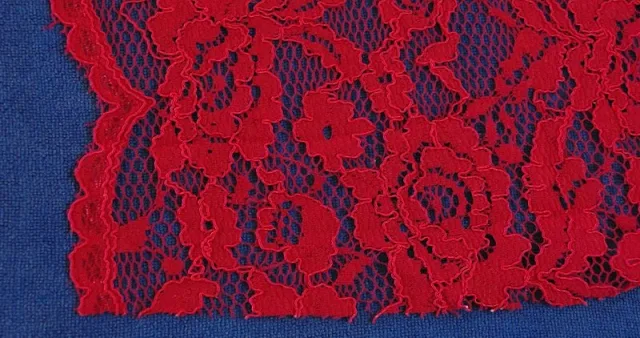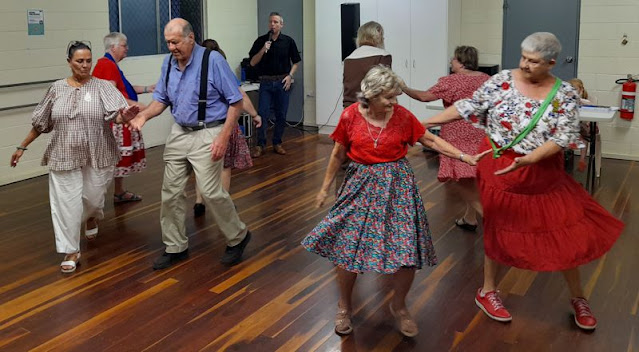Fabric Grainline
If you look close at a piece of woven fabric you can see the threads run over and under each other in two directions.
On a new piece of fabric you will see a bonded edge on two sides. This is called selvage and not normally used in your pattern. It looks different to the rest of the fabric and may shrink at a different rate.
The dominate grain line runs parallel with the selvage.
Patterns are usually marked with a line to lay the pattern in the direction of this lengthwise grain.
This grainline has the least amount of give and hangs vertically on most clothing.
The crosswise grain runs at 90deg to the bonded edge. It has a little more stretch and normally runs across the body on clothing.
Even if you are working with a remnant piece of fabric where the edges have been cut off, you should still be able to tell the lengthwise grain from cross grain.
If you pull on the fabric in one direction of threads and then in the other direction you will feel more give pulling across the grain.
Pulling lengthwise, with the grainline will not stretch as much.
There is one more grainline, the bias. This one is formed at 45 degrees to the crosswise and lengthwise grains. Woven fabric is most elastic when stretched in this direction.
If patterns are cut in the wrong direction to the required grainline, the finished outfit may not hang or flow properly. This may get worse after the garment is washed, ironed or hung up for some time.
An exception to laying out a pattern with the grain by looking for the selvage, is lace.
This is not a woven fabric and a pattern edged can be part of the selvage. It often becomes a bottom edge of a square cut outfit and doesn’t require hemming.
In this case you lay the pattern pieces across the grain, or look at the way the direction of the pattern will fall on the skirt.
The lace edge can be used as a feature and not cut off, where it can be used in a pattern.
The circle pattern will not be able to use this straight edge, unless you cut it off as a long strip and sew on to the bottom of the full circle skirt as a frill.
Return to sewing list
On a new piece of fabric you will see a bonded edge on two sides. This is called selvage and not normally used in your pattern. It looks different to the rest of the fabric and may shrink at a different rate.
The dominate grain line runs parallel with the selvage.
Patterns are usually marked with a line to lay the pattern in the direction of this lengthwise grain.
This grainline has the least amount of give and hangs vertically on most clothing.
The crosswise grain runs at 90deg to the bonded edge. It has a little more stretch and normally runs across the body on clothing.
Even if you are working with a remnant piece of fabric where the edges have been cut off, you should still be able to tell the lengthwise grain from cross grain.
If you pull on the fabric in one direction of threads and then in the other direction you will feel more give pulling across the grain.
Pulling lengthwise, with the grainline will not stretch as much.
There is one more grainline, the bias. This one is formed at 45 degrees to the crosswise and lengthwise grains. Woven fabric is most elastic when stretched in this direction.
If patterns are cut in the wrong direction to the required grainline, the finished outfit may not hang or flow properly. This may get worse after the garment is washed, ironed or hung up for some time.
An exception to laying out a pattern with the grain by looking for the selvage, is lace.
This is not a woven fabric and a pattern edged can be part of the selvage. It often becomes a bottom edge of a square cut outfit and doesn’t require hemming.
In this case you lay the pattern pieces across the grain, or look at the way the direction of the pattern will fall on the skirt.
The lace edge can be used as a feature and not cut off, where it can be used in a pattern.
The circle pattern will not be able to use this straight edge, unless you cut it off as a long strip and sew on to the bottom of the full circle skirt as a frill.
Return to sewing list







